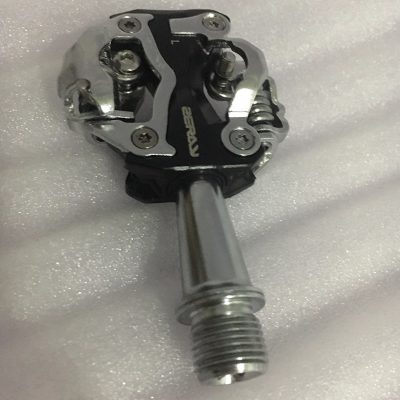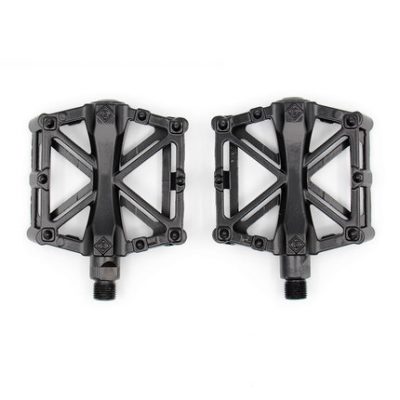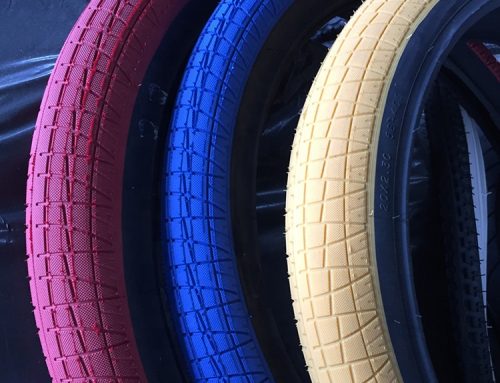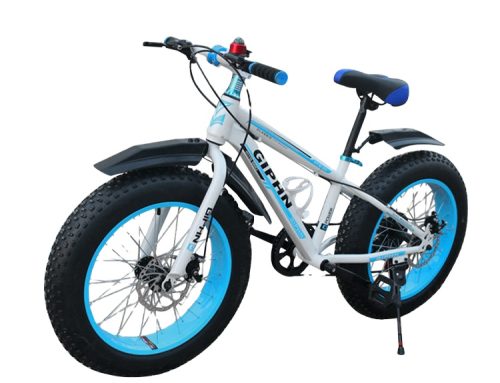Learning how to use self-locking cycling shoes and self-locking pedals requires practice, and it’s normal to feel nervous about this. Most people worry that they will fall embarrassingly. However, if you ask those around you, everyone who uses them has had a failure experience—even professionals. Most fall accidents occur when riding is slow, usually at stop signs. Here are some ways to prepare you for success and start enjoying the advantages of self-locking settings while minimizing the number of falls. When you fall, remember that there is no need to feel embarrassed-each of us will!
• Ask the salesperson at the bicycle store to show you how to use your cycling shoes and pedals on the stationary bicycle in the store.
• Practice snapping and releasing in the grass or in the park. If you fall, you will fall on the soft grass.
• Release before stopping-just put your foot on the pedal. This reduces the chance that you won’t be able to twist out, because as you slow down, balancing becomes more difficult.
• Remember to twist! With most self-locking cycling shoes and pedal settings, you cannot simply lift your feet straight up and down like when using platform pedals.
• When you start riding again, if you have trouble getting stuck in, don’t worry. Please reach a speed at which you can balance well, then stop pedaling, and fix your unstuck foot.
How to adjust the ease of twisting from the pedal?
Floating refers to the amount of left and right movement of your foot provided by your cleat when you are fixed on the self-locking pedal. A small amount of float is generally considered beneficial. This helps reduce potential knee injuries by allowing your feet to pass through your pedal travel naturally, rather than being locked in one position. This can compensate for the slight misalignment of your cleats and pedals.
Floating is measured in degrees, and manufacturers usually add color numbers to the locks based on the amount of floating they provide. Floating is common in the cleats of road cycling shoes, but some mountain bike cleats also provide floating amount. Most riders prefer a floating amount between 4 and 9 degrees, but some people prefer a fixed amount of float — that is, a zero degree of float, without moving left or right — because this allows more power transmission.
How can I adjust the ease of twisting from the pedal?
Pedal tension makes it easier or harder for your pedals to click in or unlock. You can use the special screw at the bottom of the pedal to adjust the tension. When you are not familiar with cleat pedals, lower tension is helpful because it makes it easier for you to twist your feet out. However, too little tension can cause your foot to accidentally leave the pedal, which negates the advantage of using a self-locking setting.





